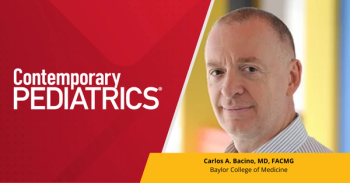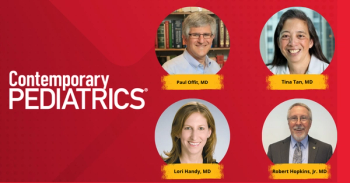
Head injuries create confusion for pediatricians, not just patients
Concussions don?t cause confusion just for young athletes. Recent research on the subject confounds pediatricians, too, making it less clear how to follow guidelines and new legislation calling for physician evaluation and medical clearance before returning to play. Our experts review the concerns and considerations.
Concussions don’t cause confusion just for athletes.
Recent research on the subject confounds pediatricians, too, making it less clear how to follow
“With concussions accounting for approximately 9% of all high school athletic injuries, accurately utilizing assessment like these to quickly determine an athlete’s return-to-play probability is critical to long-term athletic and educational performance,” said Anikar Chhabra, MD, MS, of the Orthopedic Clinic Association in Phoenix.
Some 12% of all football-related deaths are because of “second-impact syndrome,” in which the fatal head injury occurred in athletes who had “a recent history of concussion, after which symptoms such as headache, dizziness, or memory loss persisted,” according to an analysis of 30 years of data from the US National Registry of Sudden Death in Young Athletes and published in a
The best way to evaluate whether a player is ready to return to play remains controversial, however, because of variations in individual performance and conflicting research results.
Chhabra presented research showing significant variation by sex and individual in results on the
But other
Randolph found no prospective, controlled studies of the current version of the most commonly used assessment, ImPACT, and notes that other researchers have found that its reliability “appears to be far too low to be useful for individual decision making.”
Further, he says, the “high false negative rate (ie, classifying a player’s neurocognitive status as normal, when in fact, it is not)” may increase the risk of athletes being prematurely cleared to return to play.
Newsletter
Access practical, evidence-based guidance to support better care for our youngest patients. Join our email list for the latest clinical updates.








